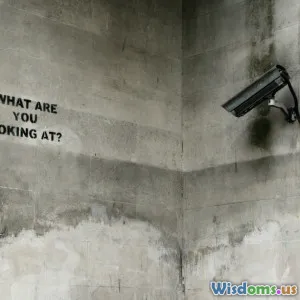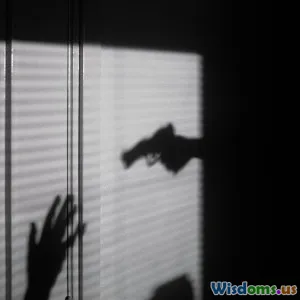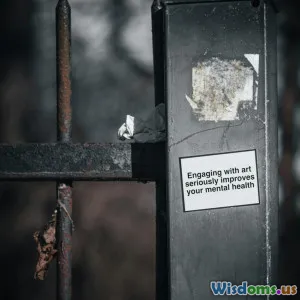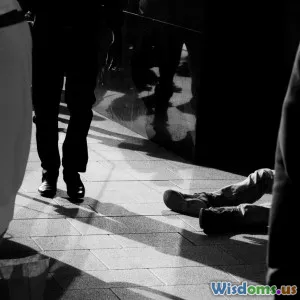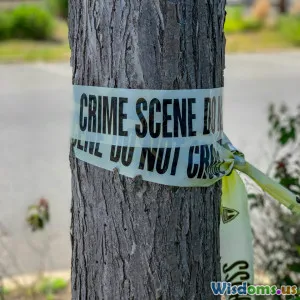
Is the Broken Windows Theory Still Relevant in Modern Policing
3 min read Exploring whether the Broken Windows Theory remains a vital tool in shaping modern policing strategies amid evolving social dynamics and crime trends. (0 Reviews)
Is the Broken Windows Theory Still Relevant in Modern Policing?
Introduction
The Broken Windows Theory, introduced in the early 1980s by social scientists James Q. Wilson and George L. Kelling, revolutionized law enforcement's approach to crime prevention. At its core, the theory posits that maintaining and monitoring urban environments to prevent small crimes such as vandalism and public disorder helps create an atmosphere of order and lawfulness, thereby preventing more serious crimes. The analogy is straightforward: just as a broken window left unrepaired signals neglect and invites further vandalism, unchecked small offenses can cascade into larger criminal activities.
Over the past four decades, this theory has been both hailed as a breakthrough in reducing crime rates and criticized for encouraging aggressive policing tactics leading to social inequalities. As societies evolve and face new challenges—from shifting crime patterns to heightened calls for police reform—it begs the question: Does the Broken Windows Theory still hold relevance in modern policing?
In this article, we delve into the origins of the theory, analyze its practical applications, explore contemporary successes and controversies, cite expert opinions, and contemplate how or if it can adapt to today’s policing landscape.
Understanding the Broken Windows Theory
Origins and Core Ideas
In their seminal 1982 essay, Wilson and Kelling observed that neighborhoods afficted with signs of disorder—such as graffiti, public drinking, and disregard for civic rules—tended to attract serious criminal behavior. The theory argues that visible signs of neglect, if not addressed promptly, can signal that a community lacks social control, inviting further violations of law and social codes.
The classic example often cited is that of a broken window: if broken and left unrepaired, it signals that property is uncared for, enticing vandals to inflict further damage. In practical terms, it suggested that law enforcement agencies should pay as much attention to
Rate the Post
User Reviews
Popular Posts










